Earth's Place in the Universe
-
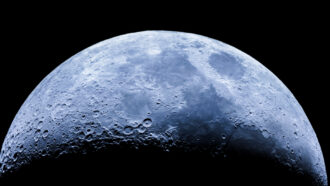 Space
SpaceThere’s water on sunny parts of the moon, scientists confirm
The new observations were made by a telescope on board a jet in Earth’s atmosphere. They confirm the presence of water on sunlit areas of the moon.
-
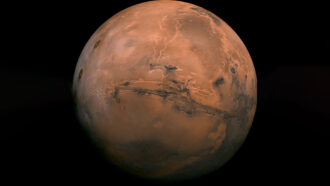 Planets
PlanetsLet’s learn about Mars
Traveling to Mars offers many challenges, including life without gravity, cosmic rays and communication delays.
-
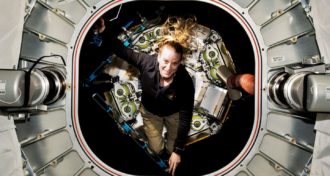 Space
SpaceSurviving Mars missions will take planning and lots of innovation
Astronauts that go to Mars will need protection from microgravity and radiation, plus mini-medical devices to diagnose problems and manage emergencies.
-
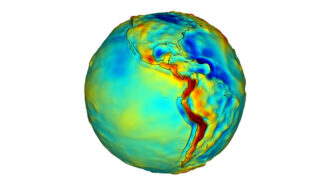 Space
SpaceScientists Say: Gravity
Gravity is a fundamental force that attracts objects with mass to other objects with mass. It decreases with distance.
-
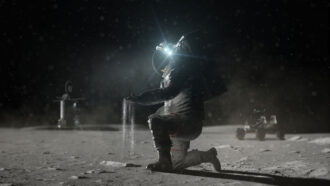 Tech
TechThis high-tech sweeper is designed for super-clingy moon dust
An electron beam is the newest tool being developed to remove sticky and damaging lunar dust from surfaces.
By Jack J. Lee -
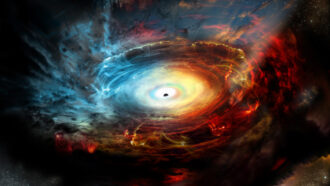 Physics
Physics2020 Physics Nobel goes for delving into black holes
Although Einstein’s general theory of relative suggested black holes might exist, this year’s winner’s helped show they actually are out there.
-
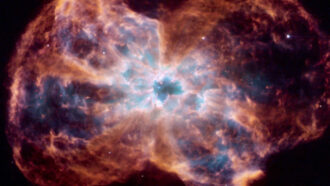 Space
SpaceStrange but true: White dwarfs shrink as they gain mass
Telescope observations of thousands of these stars now confirm a decades-old theory on how their masses relate to their waistline.
-
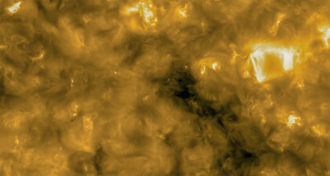
Close-up of the sun reveals ‘campfires’
Solar Orbiter’s first images are in. The spacecraft’s pics show tiny, never-before-seen flares across the sun’s surface.
-
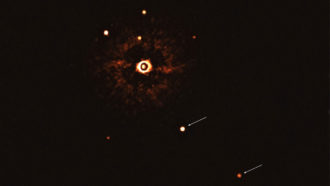 Space
SpaceA weird cousin of our solar system is caught on camera
New photo reveals a cousin to our solar system. It’s star has a mass similar to the sun’s and is orbited by two gas giant planets.
-
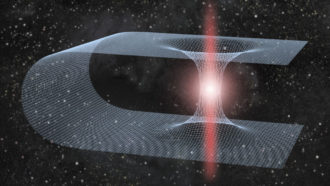 Physics
PhysicsCould ripples in spacetime point to wormholes?
A new calculation reveals that strange gravitational waves detected by LIGO and Virgo could see if a black hole were falling into a hypothetical tunnel in spacetime.
-
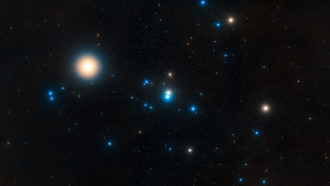 Space
SpaceMilky Way’s tidal forces are shredding a nearby star cluster
The nearest star cluster is being pulled apart, due largely to the tidal forces of our galaxy, the Milky Way. Bye bye, Hyades!
By Ken Croswell -
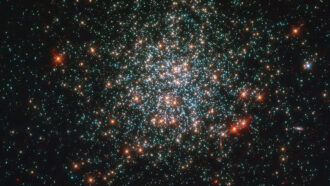 Physics
PhysicsExplainer: Stars and their families
Most pinpoints that light the night sky are raging infernos we call stars. As adults, many will create new elements that they later cast off into the cosmos.
By Ken Croswell